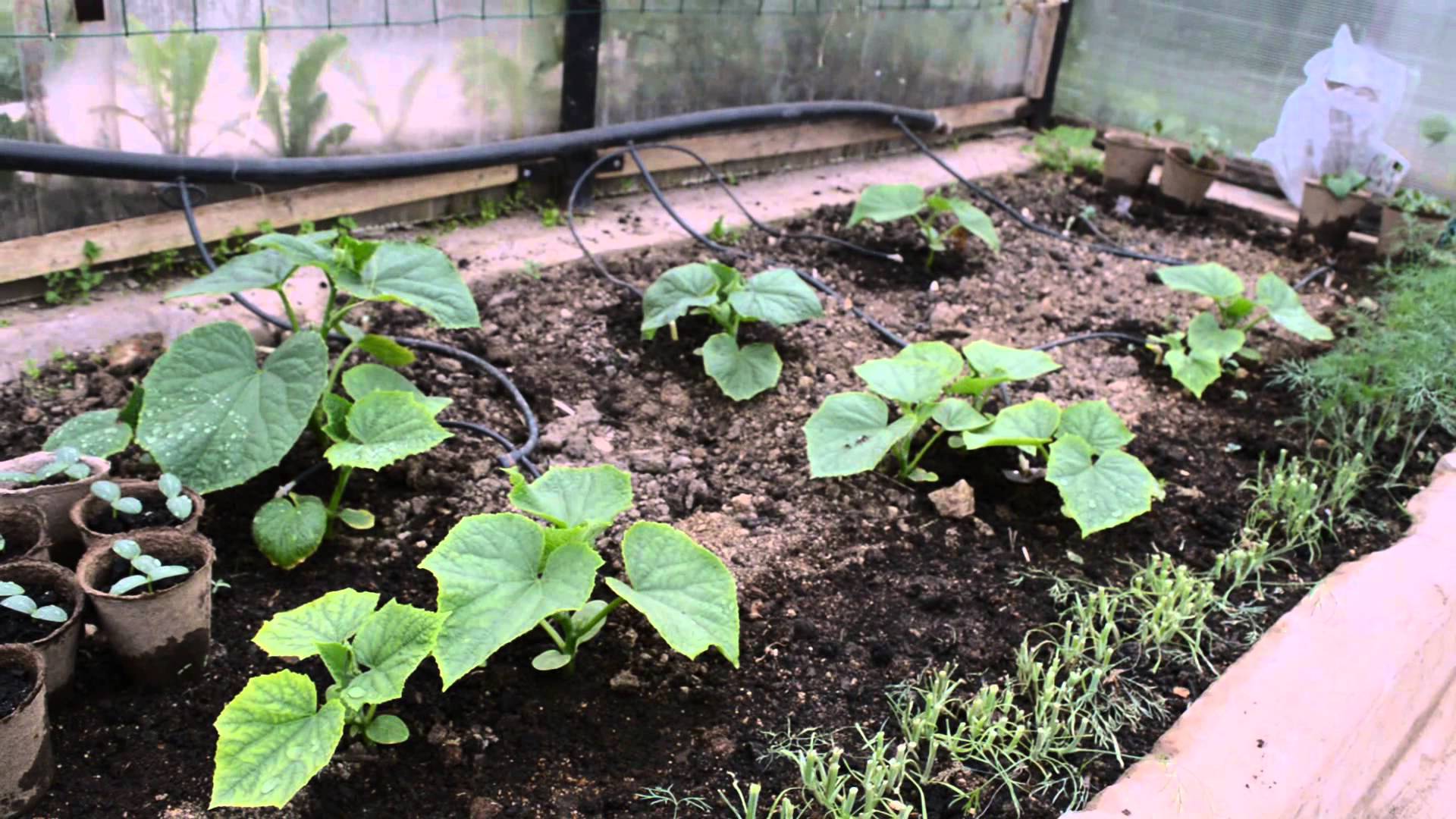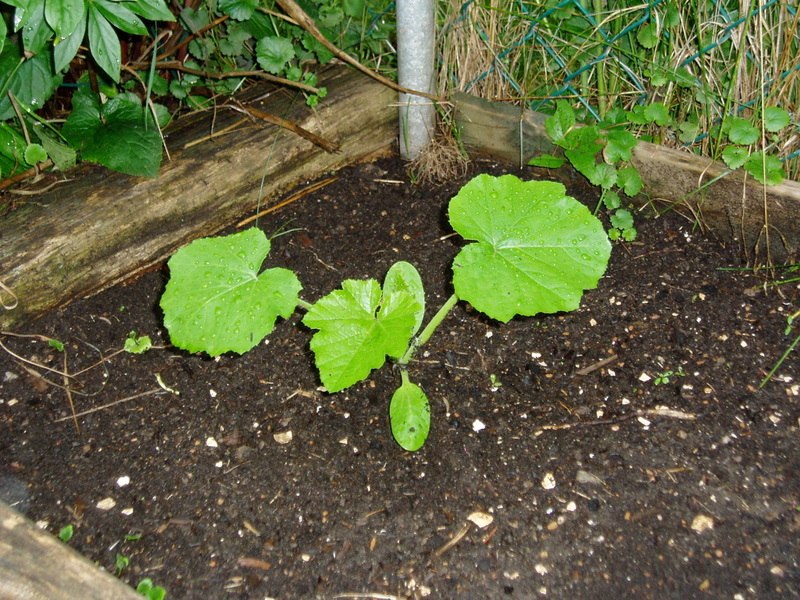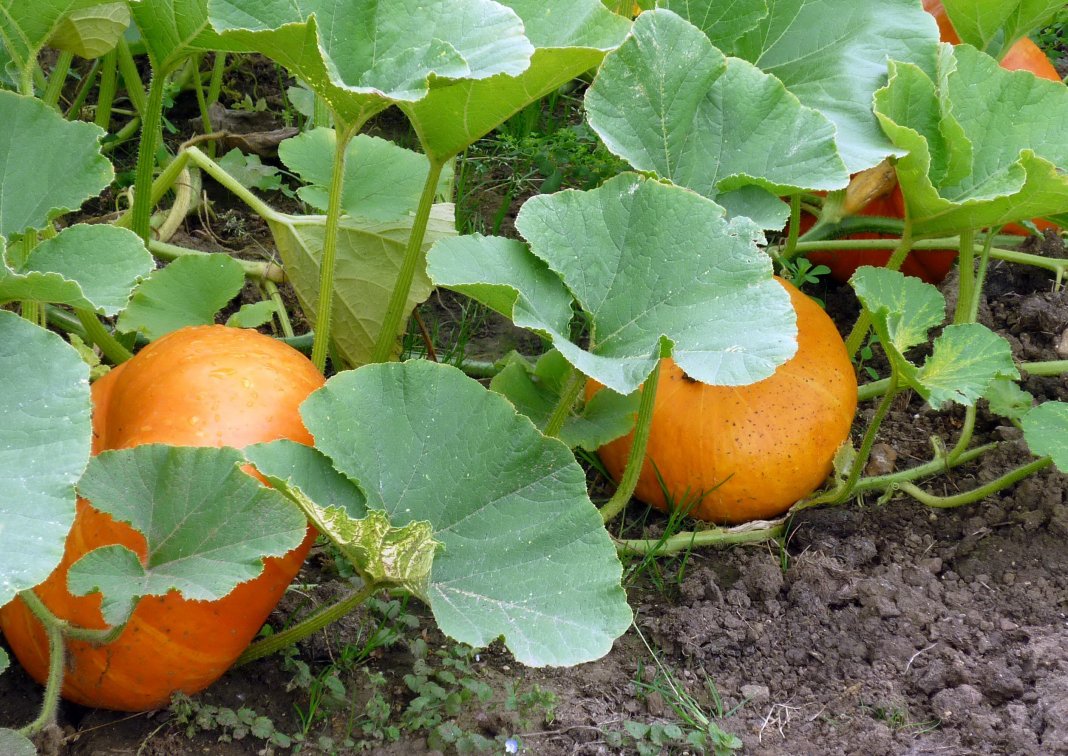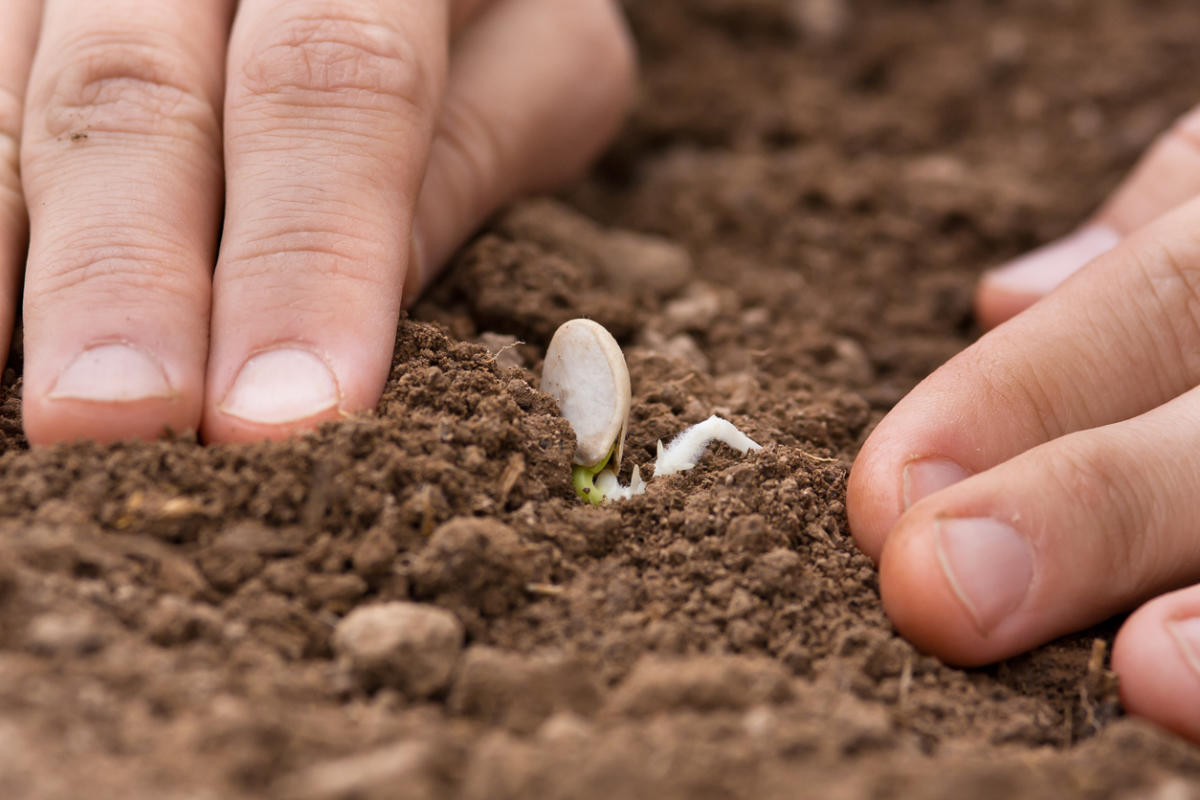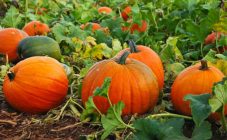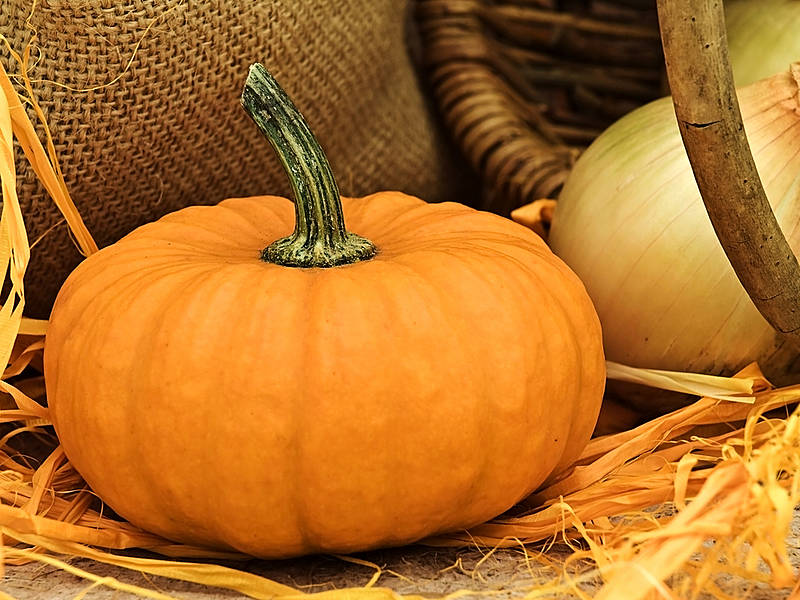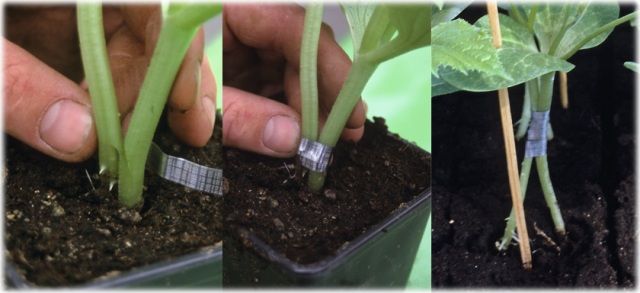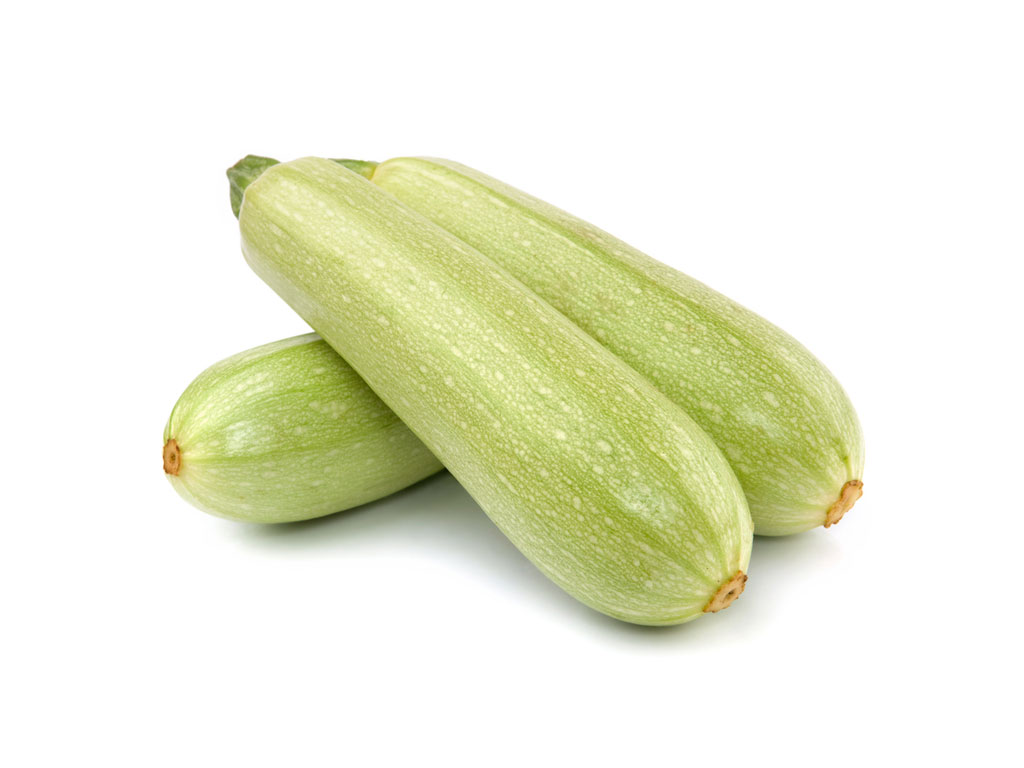Content:
Most gardeners have a small area at their summer cottage, which is occupied by a compost heap. Compost cannot be called a decorative element of landscape design; moreover, sometimes you have to allocate a useful area for it. However, it can be adapted for pumpkin cultivation.
Is it possible to plant pumpkin on a dung heap or compost
Cultivation on compost or rotted manure will not only help increase the yield of this crop, but also help decorate an unsightly pile. In order for the plant to grow well and bear fruit, even on such a nutritious soil, it must be properly looked after.
How to prepare a pumpkin bed on a compost heap
A bulky compost pile is suitable for creating tall ridges. To build them, the sides and bottom of the compost container are fenced off with a net. The bottom of the box must be drained with chopped dried branches, old currant bushes and rotten stumps stacked on top of each other. After that, a layer of medium-sized plant debris should be laid - these can be raspberry branches, stems and empty corn cobs, tree bark, weeds and cabbage stumps.
From above, the pile must be covered with plant residues of a small size, for example, weeded weeds.
The top of the embankment is covered with a 15 cm layer of clean soil material. The preparation of the pumpkin planting site is complete.
How to plant a pumpkin on a compost heap
It is important not only to learn how to plant a pumpkin in sod piles, but also to choose a variety that can be grown in this way.
For growing on a compost bed, both bush and semi-artisan pumpkin varieties are suitable. The foliage of plants of such varieties is decorative, and the yield indicator is higher than that of standard varieties.
The preferred varieties are of medium ripening and early ripening. Planting of germinated planting material is carried out by the end of spring into the ground, which has warmed up to approximately + 14 ° С. Seed material must be planted in a container, from which later the resulting seedlings must be planted on a compost bed, observing 60 cm intervals between plantings.
How to prepare compost holes
After creating holes on the compost heap, 70 g of organic-mineral mixture Togum or a tablespoon of biohumus Flora must be added to each of them. The applied fertilizers must be mixed with the top soil layer. The planted pumpkin plantings should be watered with warm water. At the time of frosts, characteristic of early spring, it is recommended to use lutrasil as a shelter for the ridges.
How to care for pumpkin plantings
It is not necessary to weed and loosen the soil, as is the case with standard beds. However, young plantings need to be fertilized once every two weeks.For the first time, the plants are fertilized a month after the first shoots appear, using slurry, which contains a large amount of potassium and nitrogen.
All other beneficial compounds are present in the chemical composition of the compost bed.
Also, pumpkin ridges can be fertilized with mineral dressings that do not contain chlorine compounds in the composition. During the transition to the growing stage, pumpkin plantings are mulched using weeded and dried weeds, laid in a thin layer along the bushes.
Large-fruited plantings should not have more than two lashes. For medium, the normal number of lashes is 4 pieces. Secondary shoots should be removed. Ovaries that appear in late summer should be torn off.
Pumpkin plantings need moderate watering. When entering the ripening stage, the pumpkin is not watered. If irrigation is too frequent, the fruit pulp will have a watery consistency. In the same way, you can grow pumpkin in a compost bag.
Collection of ripe fruits
Many gardeners liked the option of planting pumpkins in a manure heap or compost. The main thing is to properly care for the planting, then it will turn out to collect a good harvest.
At the end of summer, boards should be placed under the pumpkins - this will help to avoid contact with the ground, which cools at night. To protect plantings from frost, they should be covered with hay by mid-September. Harvesting should begin with a stabilizing cold snap.
